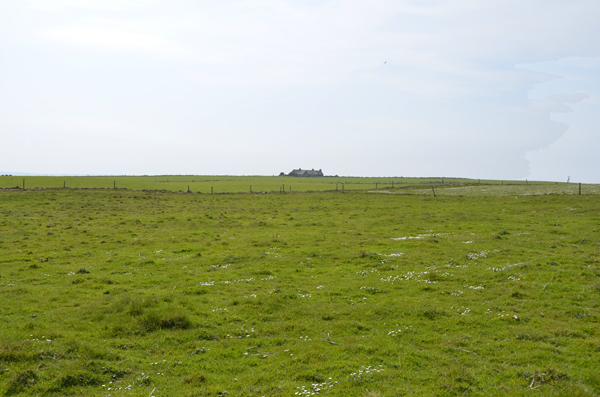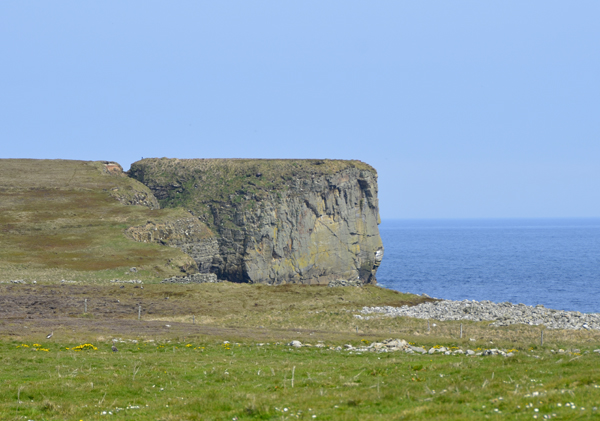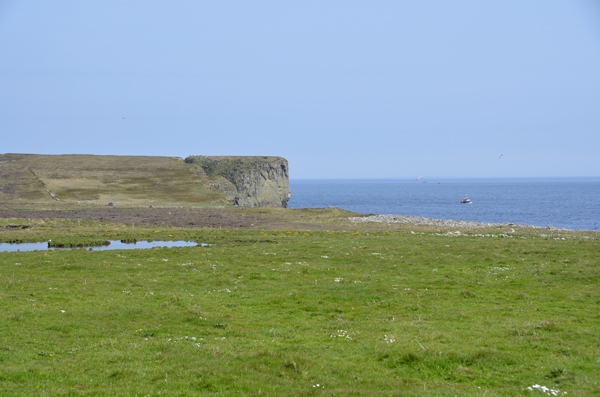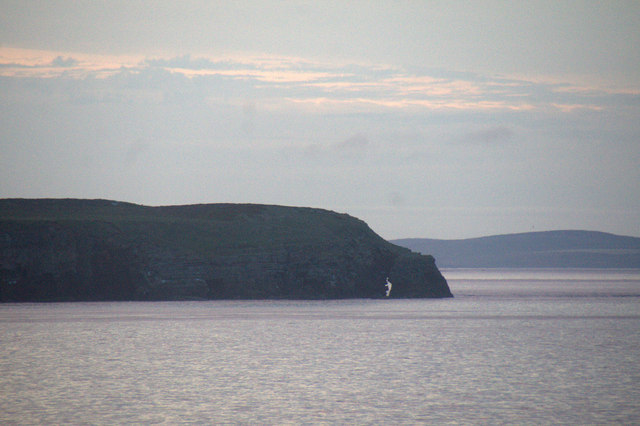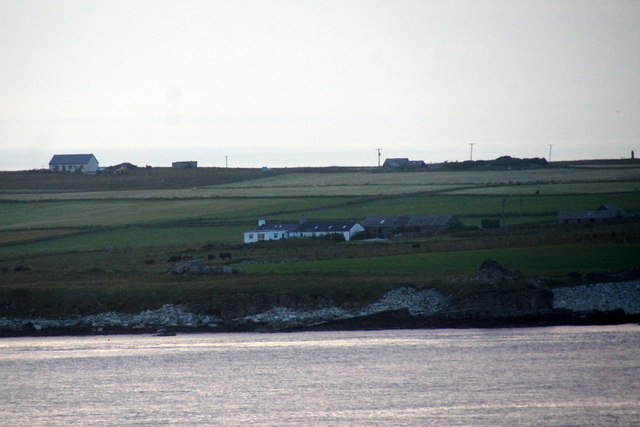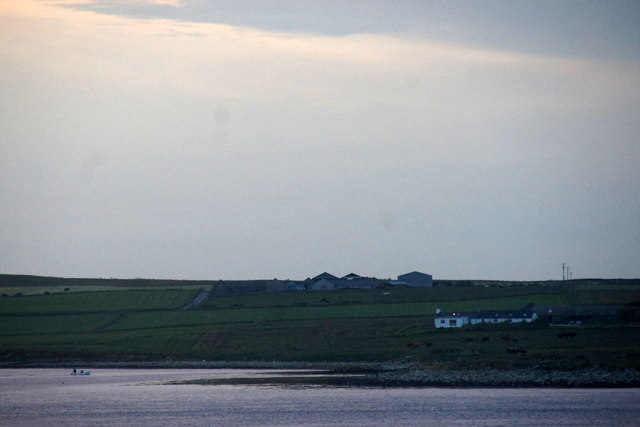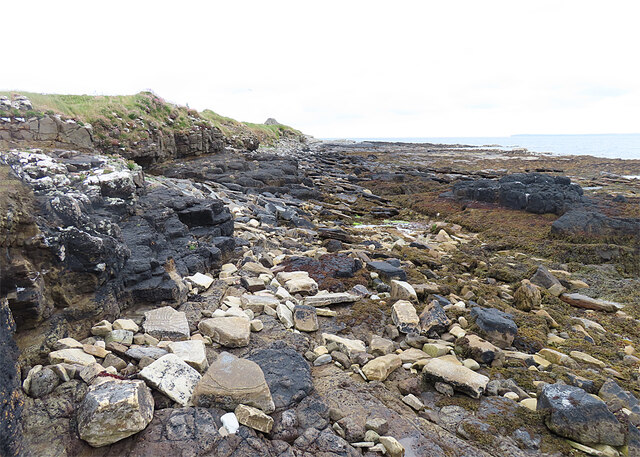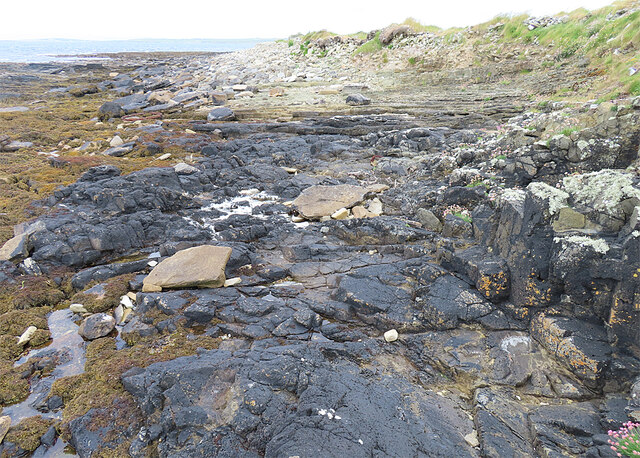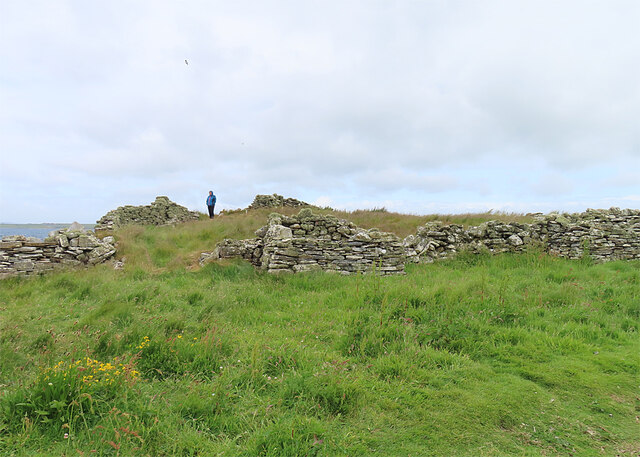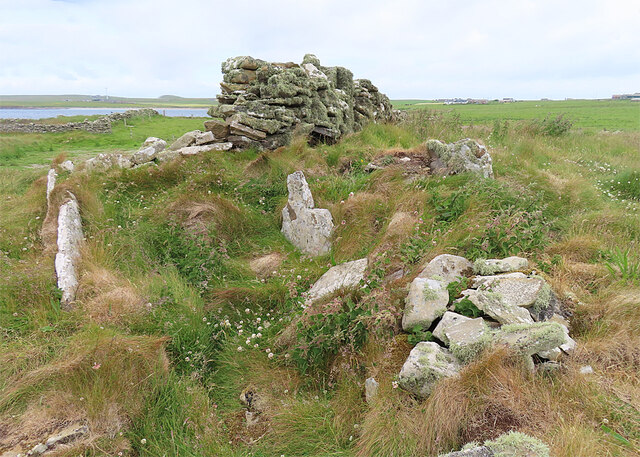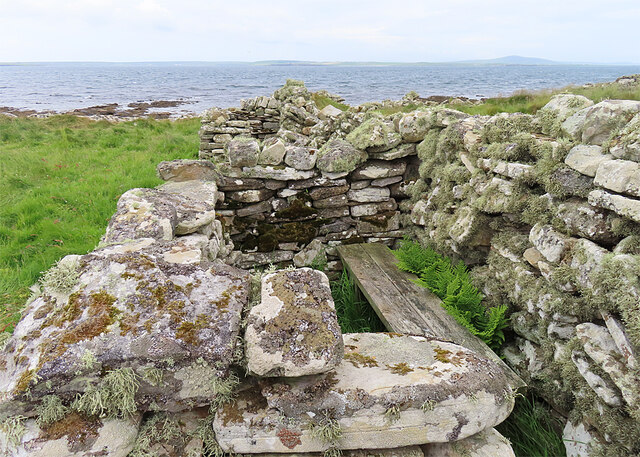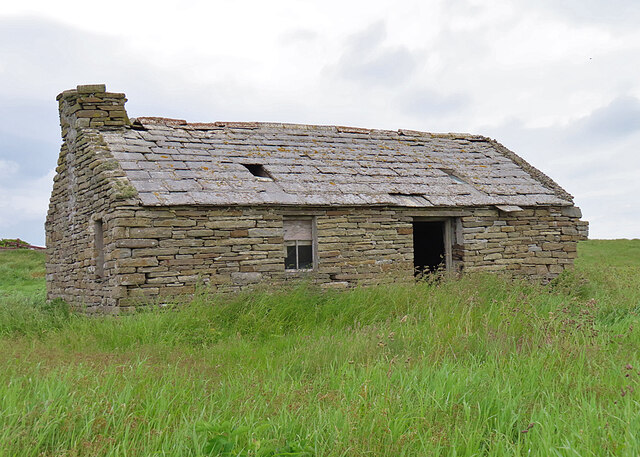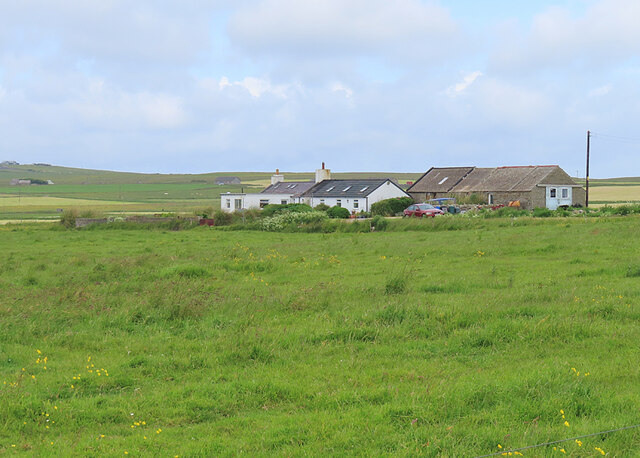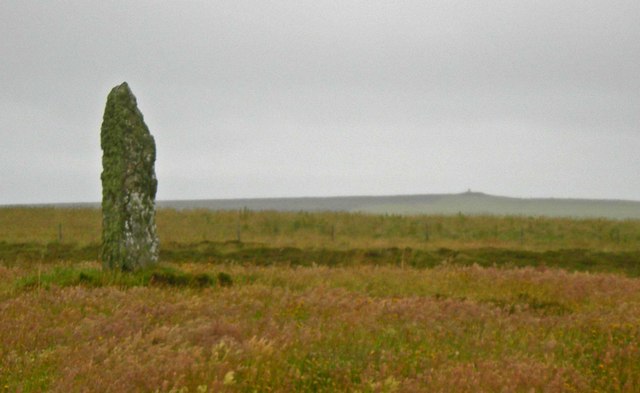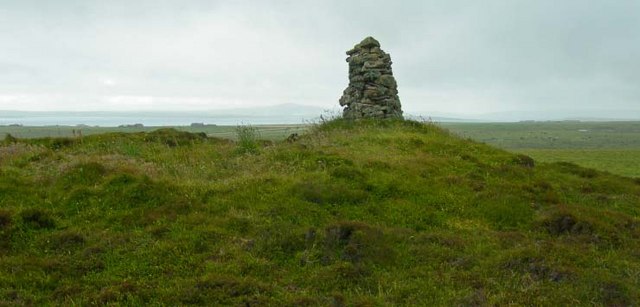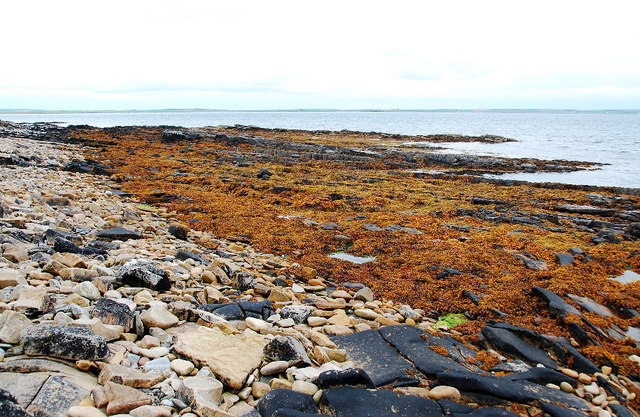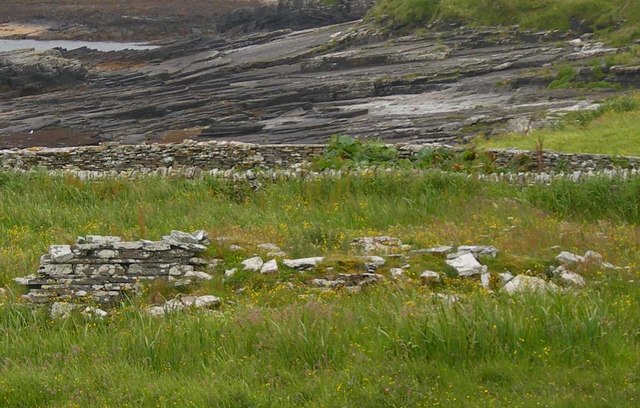Haco's Ness
Coastal Feature, Headland, Point in Orkney
Scotland
Haco's Ness
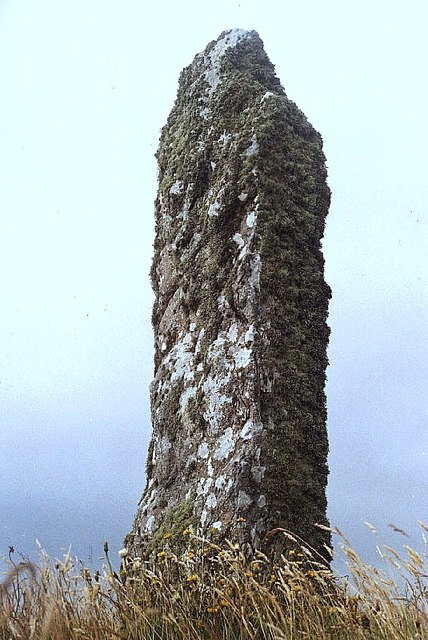
Haco's Ness is a prominent coastal feature located in Orkney, an archipelago situated off the northeastern coast of Scotland. This headland, also referred to as Haco's Point, is situated on the main island of Orkney, known as Mainland.
Haco's Ness is located on the western coast of Mainland, near the village of Stromness. It extends into the Atlantic Ocean, forming a distinct point that juts out into the sea. The headland is characterized by its rugged cliffs, which rise dramatically from the water, providing stunning views of the surrounding coastline and the open ocean.
The area surrounding Haco's Ness is rich in natural beauty and biodiversity. The headland is covered in lush grasses and heather, providing habitat for a variety of plant species. The cliffs are home to numerous seabird colonies, including puffins, fulmars, and guillemots, making it a popular spot for birdwatchers and nature enthusiasts.
In addition to its natural beauty, Haco's Ness also has historical significance. The headland is named after King Hakon IV of Norway, who is said to have landed here in the 13th century during his campaign to assert Norwegian control over Orkney. The area is also known for its connection to the famous Scottish poet and novelist, George Mackay Brown, who was born in Stromness and often drew inspiration from the rugged coastline and sea views of Haco's Ness in his works.
Overall, Haco's Ness is a captivating coastal feature that offers a combination of natural beauty, wildlife, and historical significance, making it a must-visit destination for visitors to Orkney.
If you have any feedback on the listing, please let us know in the comments section below.
Haco's Ness Images
Images are sourced within 2km of 59.018313/-2.8317771 or Grid Reference HY5214. Thanks to Geograph Open Source API. All images are credited.
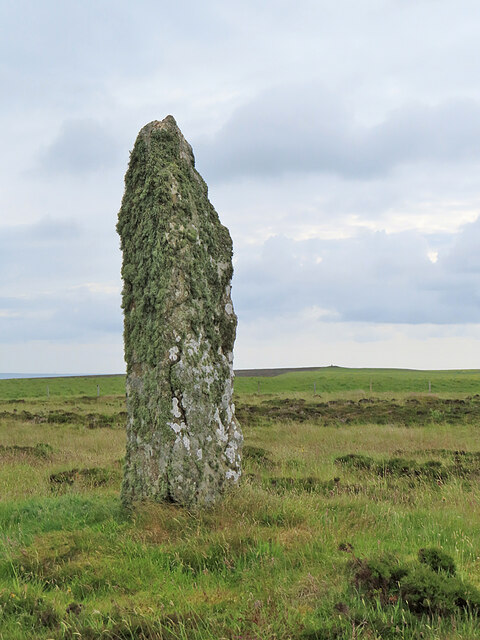
Haco's Ness is located at Grid Ref: HY5214 (Lat: 59.018313, Lng: -2.8317771)
Unitary Authority: Orkney Islands
Police Authority: Highlands and Islands
What 3 Words
///dilute.voting.tastes. Near Balfour, Orkney Islands
Nearby Locations
Related Wikis
Castle Bloody
Castle Bloody is a prehistoric feature on the island of Shapinsay, Orkney, Scotland. Hogan observes that while the feature is marked as a chambered mound...
Mor Stein
Mor Stein is a neolithic standing stone in the southeastern part of the island of Shapinsay, Orkney Islands, Scotland. Shapinsay is one of the two large...
Bay of Linton
The Bay of Linton is a bay on the east coast on the island of Shapinsay in the Orkney Islands, Scotland. To the north of Linton Bay are the headlands...
Linton Chapel
Linton Chapel is a ruined chapel on the east coast of Shapinsay, Orkney (Grid Reference HY5218). The chapel is thought to date as early as the 12th century...
Nearby Amenities
Located within 500m of 59.018313,-2.8317771Have you been to Haco's Ness?
Leave your review of Haco's Ness below (or comments, questions and feedback).
